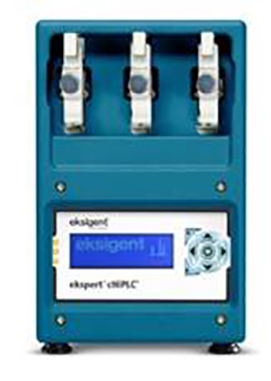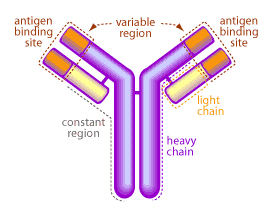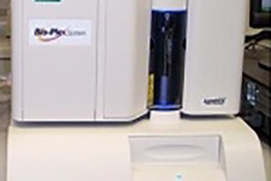APAF Newsletter Vol. 4 No. 1
We are pleased to provide you with our Autumn 2014 newsletter. APAF strives to be at the forefront of providing well validated proteomic technology, so we are pleased to announce the introduction of SWATH-MS - a new service for label-free mass spectrometry protein quantitation. SWATH mass spectrometry is a data-independent acquisition method pioneered by Ruedi Aebersold (ETH-Zurich) and ABSCIEX, and APAF has been a key external beta tester of this new workflow.
A new approach to accurate quantitative whole proteome analysis. (SWATH-MS now available at APAF)

Whole proteome analysis has traditionally been performed using data-dependent “Discovery proteomics”. While an important identification and discovery technique from a quantitative perspective it lacks reproducible selection of peptides to ensure sample-to-sample quantitation. Alternative approaches for quantitation that have been widely used are chemical tagging methods (e.g. iTRAQ or TMT) or metabolic labelling (SILAC), as these allow reliable relative quantitation between samples. Multiple reaction monitoring (MRM) MS is the gold standard for quantitation as it is highly selective and sensitive and compatible with use of isotope labelled standards. However, MRM requires prior knowledge of the analytes to be measured and acquisition methods can be laborious to develop. Read more.
Antibody characterisation - Sequencing, Intact mass and Glycan analysis

APAF has expanded its protein analysis services for analytical characterisation of monoclonal antibodies including intact mass analysis, peptide mapping, and N-linked glycan profiling. This case study shows an example of these services. Read more
Multiplexing immunoassays on beads

The measurement of soluble cytokines and other analytes in serum and plasma is becoming increasingly important in the study and management of many diseases. As a result, there is a growing demand for rapid, precise, and cost-effective measurement of such analytes in both clinical and research laboratories. Multiplex bead array assays provide quantitative measurement of large numbers of analytes compatible with automated 96-well plate format. Read more
